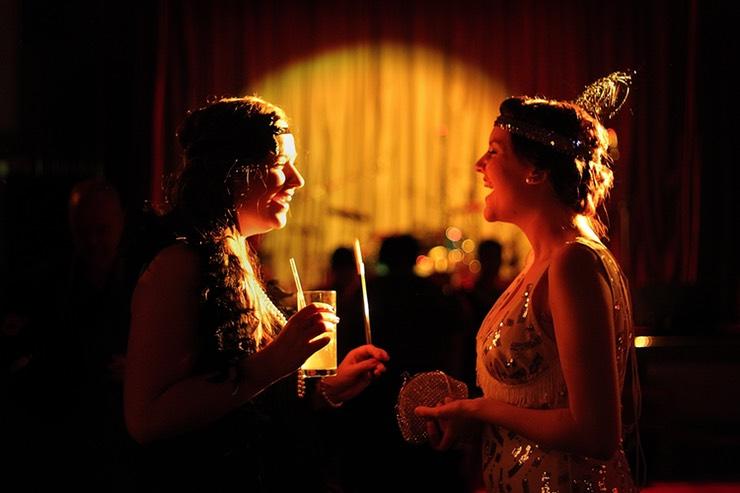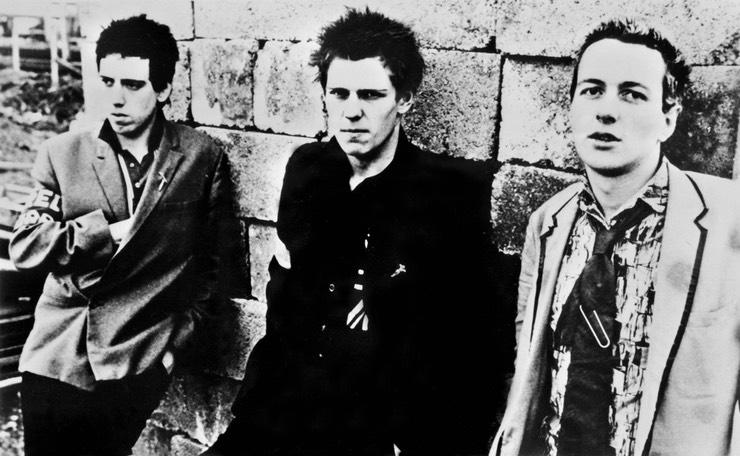Fashion has always belonged to processes that influence individual people and masses. In different historical periods, trends were used as a means of attracting the government’s attention, proving a point, or as successful marketing campaigns (Zegheanu). Clothes are a significant element of creating social identity (Crane 1). The way people dress is a manifestation of their position in society (Crane 1). Moreover, garments may be used to “negotiate status boundaries” (Crane 3). Aspers and Godart argue that fashion has a huge economic and cultural significance (171). It is a subject of investigation both of social and sociological disciplines (Aspers and Godart 172).
Changes in fashion are not always promoted by designers. Frequently, trends are initiated by people, and industry only analyzes the demand and creates the products according to it. In the 1920s, such demand was dictated by the suffrage movement. In the 1960s, there were hippies. In the 1970s, punks commanded fashion (Komar). Every change was born out of rebellion and a desire to be original (see Fig. 1-3). Modern fashion, as specialists remark, does not tend to be so strictly limited by one direction as it used to be in previous decades (La Ferla). However, modern designers have better prospects of understanding their customers (Wendlandt).



Fashion has attracted the attention of many philosophers and sociologists. Among the most prominent philosophers who dedicated their work to fashion are Georg Simmel and Aurélie Van de Peer. Simmel’s theory is concerned with understanding fashion as something that has to be adopted by the majority of people (Simmel 34). The philosopher argues that when fashion becomes accepted by society, it is no longer considered fashion (Simmel 34). According to Simmel, fashion’s success leads to its downfall since success “cancels out” its uniqueness (Simmel 34).
Van de Peer’s fashion theory is based on the sense of “fashion present” and its “boundaries” (Van de Peer 317). The philosopher remarks that fashion is engaged in the “politics of time” (Van de Peer 319). Van de Peer argues that chronological approaches to theorizing fashion stimulate the acknowledgment of “the absence of the past” (Van de Peer 319).
Some of the most well-known sociological theories concerning fashion belong to Pierre Bourdieu and Joanne Entwistle. In Bourdieu’s theory, fashion is regarded as a constituent of culture (Bourdieu 250). The scholar emphasizes that to become popular, fashion has to earn people’s interest. The difference between fashion and high fashion creates the significance of culture (Bourdieu 250).
Entwistle’s theory regards fashion as a “trans-historic” and “trans-cultural” concept (Entwistle 80). The sociologist disagrees with the authors who discern fashion in every system of clothes. According to Entwistle, fashion is not a superior structure, but it has a rich diversity (Entwistle 80). While the author considers fashion a persistent search of the “new,” she notes that such a definition cannot be applied to traditional apparel (Entwistle 80).
Being an inseparable part of our life, fashion attracts close attention not only to its producers and consumers but also to sociologists, philosophers, and other scholars. As a result of many investigations and analyses, specialists conclude that fashion has the power to impact people’s social tastes and attitudes. Moreover, fashion frequently has a political context and is an outcome of people’s desire to rebel against the system. However, as philosophers admit, when everyone starts wearing similar things, fashion loses its core value of originality and uniqueness.
Works Cited
Aspers, Patrik, and Frédéric Godart. “Sociology of Fashion: Order and Change.” The Annual Review of Sociology, vol. 39, no. 1, pp. 171-192.
Bourdieu, Pierre. Distinction: A Social Critique of the Judgment of taste. Harvard University Press, 1984.
Crane, Diana. Fashion and Its Social Agendas: Class, Gender, and Identity in Clothing. The University of Chicago Press, 2000.
Entwistle, Joanne. The Fashioned Body: Fashion, Dress, and Modern Social Theory. 2nd ed., Polity Press, 2015.
Komar, Marlen. “Six Trends that Changed the Fashion World for the Better – Photos.” Bustle. 2015. Web.
La Ferla, Ruth. “Freedom of Choice: In Fashion, Are Trends Passé?” The New York Times. 2012. Web.
Simmel, Georg. “The Philosophy of Fashion.” The Consumption Reader, edited by David B. Clarke, Marcus A. Doel, and Kate M. L. Housiaux, Routledge, 2003, pp. 238-242.
Van de Peer, Aurélie. “So Last Season: The Production of the Fashion Present in the Politics of Time.” Fashion Theory, vol. 18, no. 3, pp. 317-340.
Wendlandt, Astrid. “Small Labels Lure Big Bucks in Fashion’s Latest Trend.” Reuters. 2013. Web.
Zegheanu, Luciana. “Fashion Trends’ Impact on Society.” Not just a Label. 2016. Web.